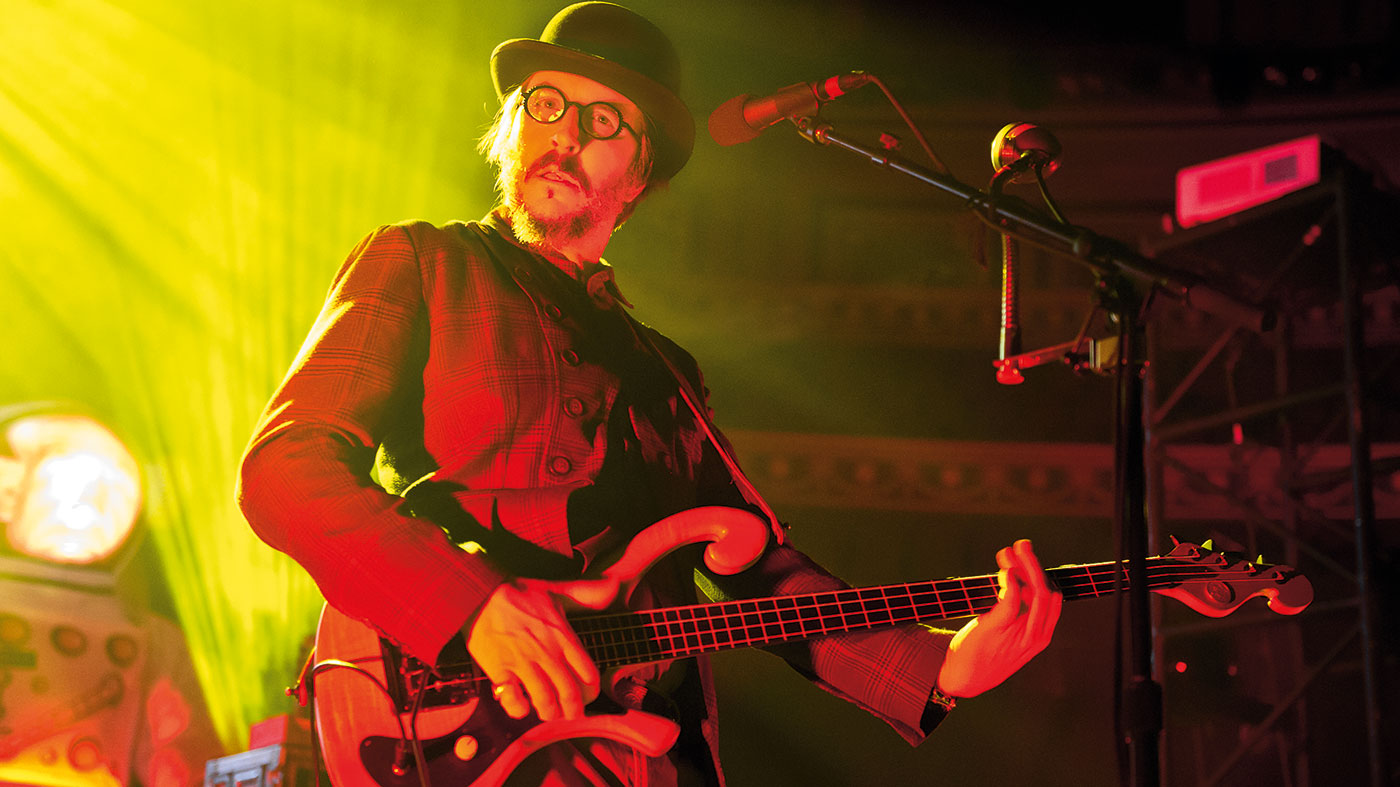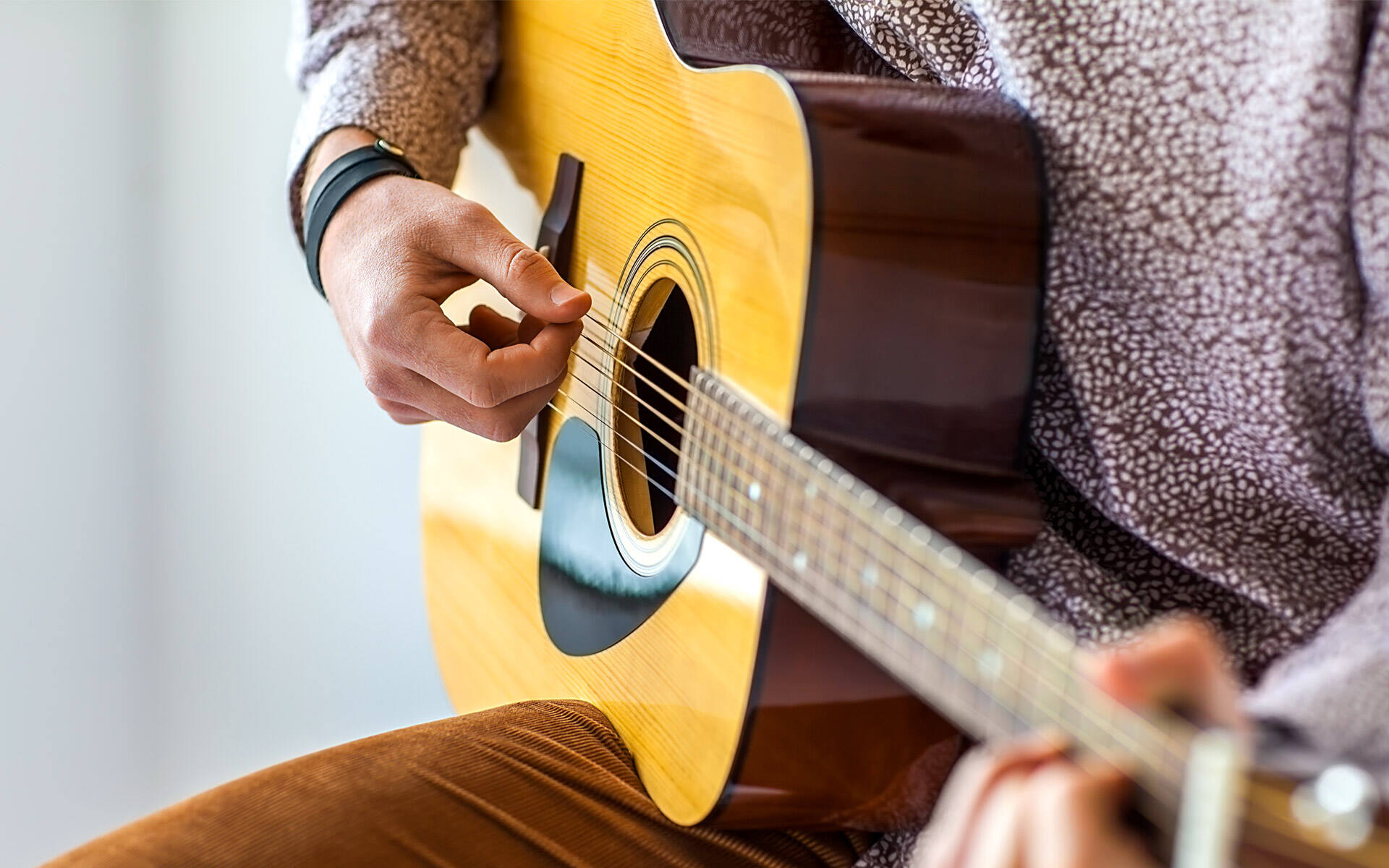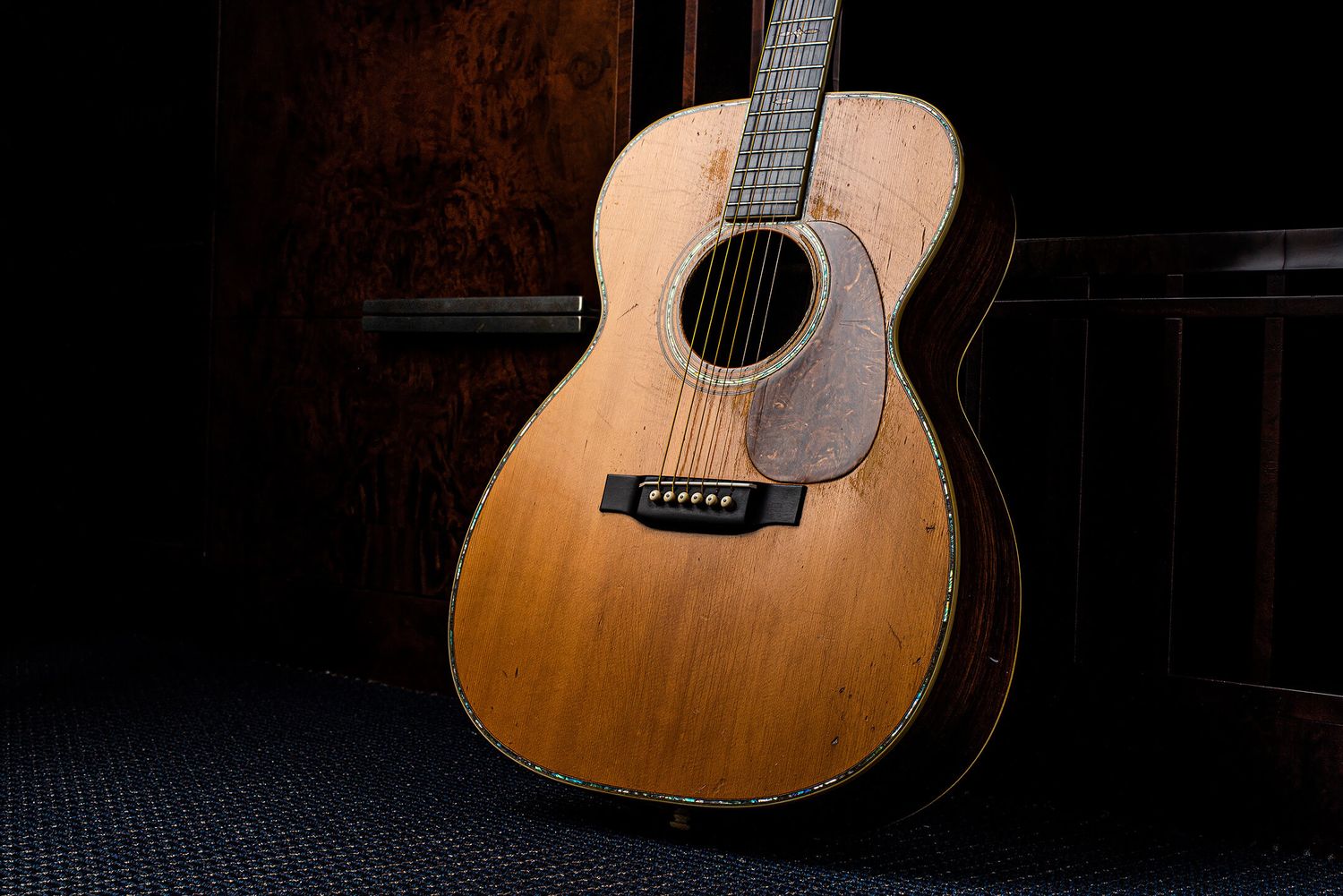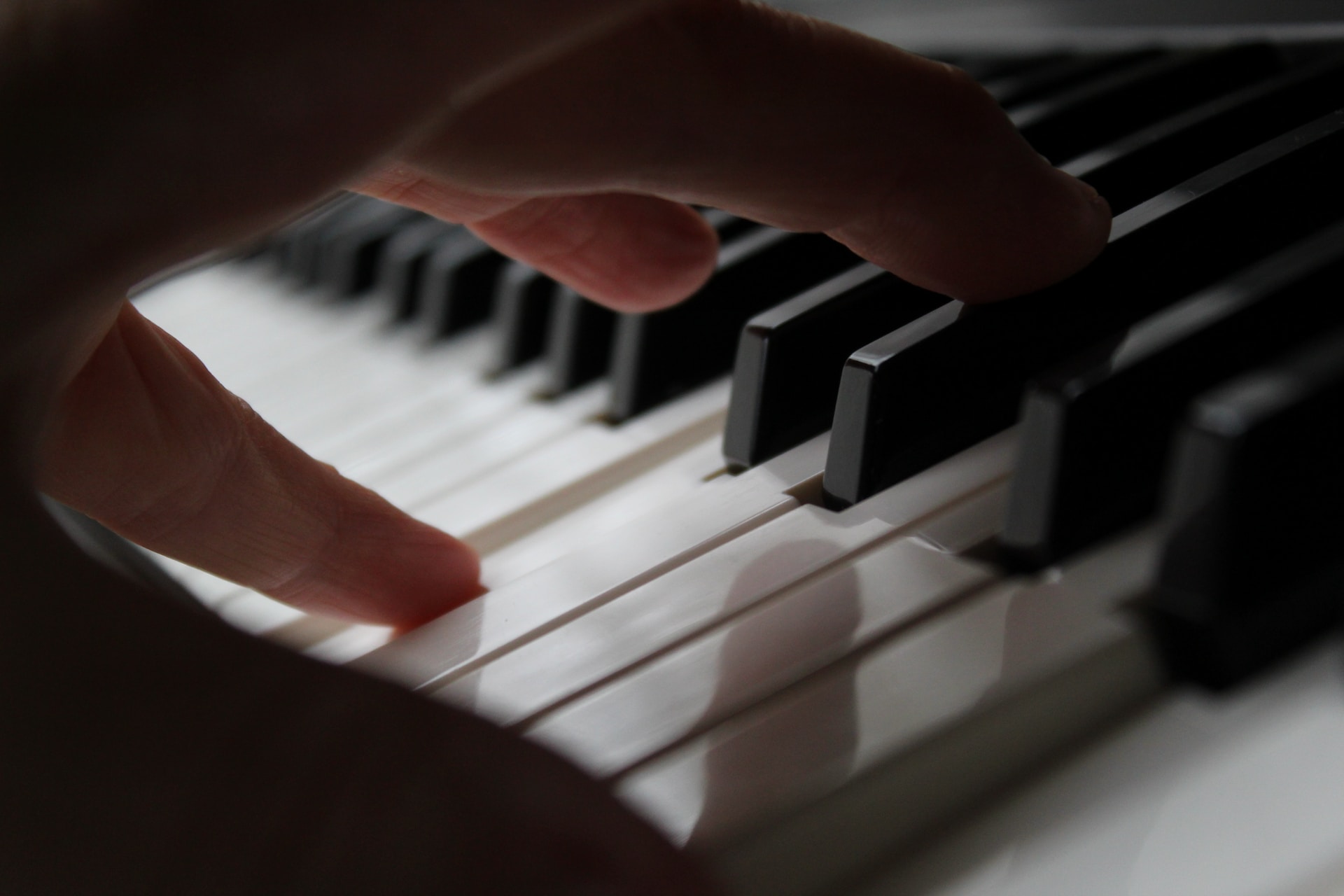Home>Instruments>Piano>What Year Was The Piano Invented
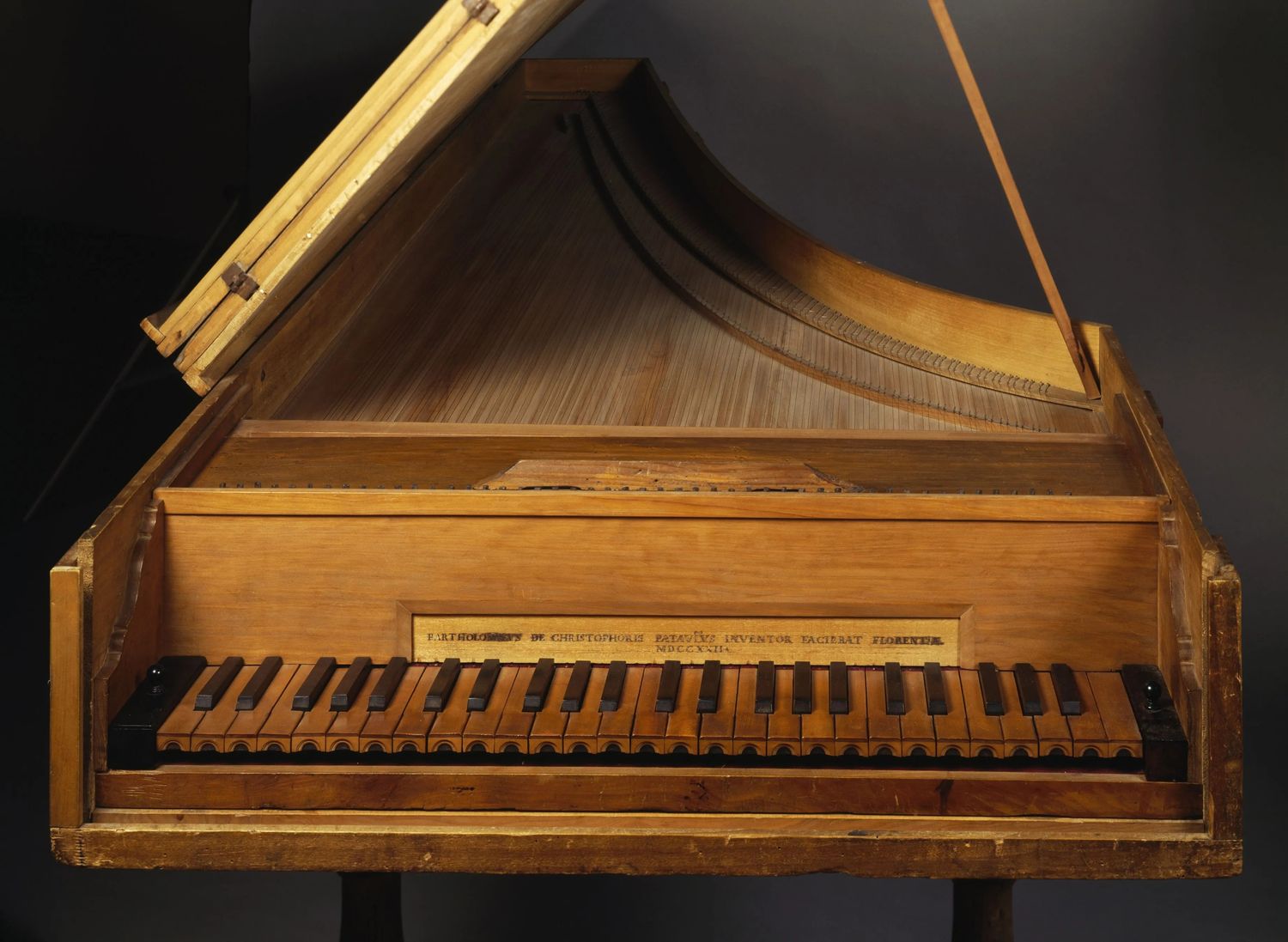

Piano
What Year Was The Piano Invented
Published: February 12, 2024
Discover the history of the piano and learn about its invention. Explore the origins and evolution of this iconic musical instrument.
(Many of the links in this article redirect to a specific reviewed product. Your purchase of these products through affiliate links helps to generate commission for AudioLover.com, at no extra cost. Learn more)
Table of Contents
The Origins of the Piano
The history of the piano is a fascinating journey that spans over three centuries, encompassing technological advancements, musical innovation, and cultural evolution. The piano, with its versatility and expressive range, has secured its place as one of the most beloved and widely played musical instruments in the world. In this article, we will delve into the captivating story of the piano, tracing its origins, evolution, and enduring legacy.
The invention of the piano is a testament to human ingenuity and the quest for musical expression. Its creation marked a significant milestone in the realm of keyboard instruments, revolutionizing the way music was composed and performed. To truly appreciate the piano's impact on music and society, it is essential to explore its origins and the visionary individuals who contributed to its development.
Join us on a captivating journey through time as we uncover the rich history and evolution of the piano, from its humble beginnings to its modern-day prominence. Let's embark on a musical odyssey that will illuminate the remarkable story of the piano and its enduring allure.
The Origins of the Piano
The piano, a majestic and versatile instrument, has a rich history that dates back to the early 18th century. Its invention is credited to Bartolomeo Cristofori, an Italian harpsichord maker employed by the prominent Medici family in Florence. In 1700, Cristofori crafted the first known piano, which he called a “gravicembalo col piano e forte,” roughly translated as a harpsichord that can play soft and loud sounds. This groundbreaking instrument laid the foundation for the modern piano, introducing innovative mechanisms that allowed for dynamic control and expressive capabilities.
Cristofori’s ingenious design incorporated a hammer mechanism that struck the strings and could produce varying levels of volume based on the force applied to the keys. This pivotal development marked a departure from the harpsichord, which plucked the strings and lacked the ability to convey nuanced dynamics. The piano’s ability to achieve both soft, gentle tones and powerful, resonant sounds revolutionized keyboard music and performance, captivating musicians and audiences alike.
Initially, the early pianos were relatively modest in size and were known for their delicate yet sonorous timbre. Over time, as the instrument gained popularity across Europe, piano makers and craftsmen refined and expanded upon Cristofori’s original concept, leading to the emergence of diverse piano models with distinct tonal qualities and aesthetic designs.
The evolution of the piano was propelled by the contributions of esteemed composers, virtuoso performers, and innovative artisans who sought to enhance its capabilities and refine its sound. As the instrument continued to evolve, it found its way into the salons of the aristocracy, the concert halls of burgeoning cities, and the homes of music enthusiasts, firmly establishing its status as a symbol of cultural refinement and artistic expression.
Join us as we delve deeper into the captivating evolution of the piano, tracing its journey from a revolutionary invention in the Baroque era to a beloved icon of musical creativity and emotional resonance.
The Evolution of the Piano
The evolution of the piano is a testament to the ingenuity and craftsmanship of generations of artisans and innovators who continually refined and expanded upon its design. Throughout the 18th and 19th centuries, the piano underwent remarkable transformations, both in its structural components and tonal capabilities, shaping its identity as a versatile and expressive instrument.
During the Classical and Romantic eras, the demand for more robust and resonant sound led to the development of the fortepiano, a precursor to the modern grand piano. This evolution introduced innovations such as the double escapement action, allowing for rapid repetition of notes, and the addition of a sustaining pedal, which enriched the instrument’s ability to sustain and blend tones harmoniously.
As the Industrial Revolution took hold, advancements in manufacturing techniques and materials facilitated the mass production of pianos, making them more accessible to a burgeoning middle-class population. The piano’s popularity soared, becoming a centerpiece of musical entertainment in homes, concert halls, and social gatherings.
The late 19th and early 20th centuries witnessed further refinements in piano construction, leading to the emergence of the upright piano, a space-saving alternative to the grand piano that found widespread acceptance in domestic settings. This period also saw the integration of iron frames and improved string tension, enhancing the instrument’s stability and tonal richness.
Simultaneously, the advent of the player piano, equipped with pneumatic mechanisms that could reproduce pre-recorded music, revolutionized the concept of musical playback and entertainment, captivating audiences with its automated performances.
Throughout its evolution, the piano continued to inspire composers to push the boundaries of musical expression, resulting in an extensive repertoire that showcased the instrument’s versatility across genres and styles. From the virtuosic compositions of Franz Liszt to the emotive sonatas of Ludwig van Beethoven, the piano became a focal point of artistic innovation and creative exploration.
Join us as we unravel the captivating narrative of the piano’s evolution, tracing the technological advancements and cultural influences that have shaped its enduring legacy as a cornerstone of musical artistry and emotional resonance.
The Modern Piano
In the contemporary musical landscape, the piano stands as a pinnacle of craftsmanship and innovation, embodying centuries of technological advancements and artistic refinement. The modern piano, whether in the form of grand, upright, or digital instruments, represents the culmination of centuries of evolution, offering unparalleled expressive capabilities and sonic richness.
Today’s grand pianos, meticulously crafted by skilled artisans, boast a harmonious blend of tradition and innovation. With precision engineering and superior materials, modern grand pianos deliver a dynamic range of tonal colors, from the ethereal delicacy of pianissimo passages to the commanding resonance of fortissimo chords. The incorporation of advanced soundboard designs, responsive actions, and ergonomic aesthetics reflects a commitment to elevating the performer’s experience and captivating the listener’s imagination.
Upright pianos have also undergone significant advancements, with compact designs and enhanced mechanisms that deliver exceptional sound quality and touch responsiveness. These instruments, favored for their versatility and space-saving attributes, continue to enrich homes, schools, and performance venues with their enduring charm and musical prowess.
Furthermore, the digital piano has emerged as a revolutionary counterpart, leveraging cutting-edge technology to replicate the touch and sound of acoustic pianos while offering modern conveniences such as recording capabilities, digital interfaces, and diverse instrument sounds. This innovation has expanded access to piano playing and composition, empowering musicians to explore new creative horizons and connect with audiences in innovative ways.
Beyond its acoustic and digital manifestations, the piano has transcended traditional boundaries, inspiring collaborative projects that fuse classical elegance with contemporary genres. From crossover performances with symphony orchestras to collaborations with electronic music artists, the piano continues to captivate global audiences with its timeless allure and adaptability.
As we celebrate the modern piano’s enduring legacy, we recognize its profound impact on music education, therapeutic applications, and cultural expression. Whether in the hands of a virtuoso performer, a budding student, or a passionate enthusiast, the piano remains a symbol of artistic excellence and emotional resonance, continuing to shape the musical landscape with its timeless grace and enduring relevance.
Conclusion
The piano, with its illustrious history and enduring legacy, stands as a testament to human creativity, innovation, and the boundless power of musical expression. From its humble origins in the workshops of Bartolomeo Cristofori to its modern-day manifestations, the piano has evolved into a symbol of artistic refinement and emotional resonance, captivating generations of musicians and audiences worldwide.
Through the centuries, the piano has transcended cultural boundaries and musical genres, leaving an indelible mark on the fabric of human experience. Its expressive range, from delicate whispers to thunderous crescendos, mirrors the depth and diversity of human emotions, offering a canvas for composers to weave intricate tapestries of sound and storytellers to evoke profound narratives through music.
As we reflect on the piano’s evolution, we marvel at the craftsmanship and ingenuity that have propelled its journey, from the innovations of Cristofori to the technological advancements of the digital age. The instrument’s ability to inspire, entertain, and enrich lives remains unparalleled, fostering a profound connection between performers and listeners across the globe.
Furthermore, the piano’s impact extends beyond the realm of music, permeating educational institutions, therapeutic settings, and cultural spheres with its transformative influence. Its presence in homes, concert halls, and recording studios serves as a constant reminder of the enduring allure and universal appeal of this remarkable instrument.
As we embrace the modern era, the piano continues to evolve, embracing new technologies and collaborative possibilities while honoring its timeless traditions. Whether as a cherished heirloom, a concert grand on a world stage, or a digital interface for creative exploration, the piano remains an emblem of artistic excellence and a conduit for profound emotional expression.
In closing, the piano’s journey from its inception to the present day is a testament to the enduring power of human creativity and innovation. Its timeless resonance and capacity to stir the soul reaffirm its status as a cultural treasure, inviting us to embark on a harmonious odyssey that transcends time and resonates with the very essence of our humanity.

